
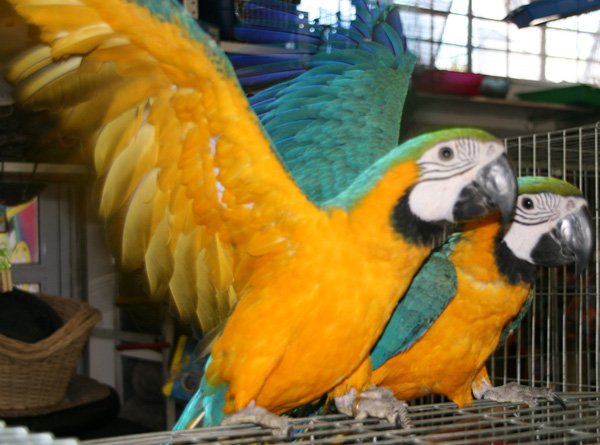
Knowing basic obedience commands is a important part of as a responsible doggie owner. All these basic commands help to make navigating the relationship among animal together with owner easier as well as keep both you and your dog safe in unexpected emergency situations.
From an outsider's point of view, basic training can look either quite simple or quite difficult. Realize that training may take a great deal of efforts. At the same time recognize any dog could learn at least the most basic and also necessary commands. Pet owners occasionally run into road blocks when training, can not become frustrated. Trying to get assistance from a qualified trainer benefits first-time owners and also individuals struggling with teaching commands or correcting problem behaviors. Don't ever hesitate to call for help!
Training requires lots of time and patience, even in the event you aren't trying any complex or 'fancy' tricks. The responsibility of dog ownership includes appropriately training as well as socializing your dog. Before thinking about adopting an pet, remember to think about how much time you will need to dedicate to ensuring you have a happy, healthy, well-socialized and well-trained pet.
Lastly, pet dog ownership as well as training should be exciting! Don't be too serious and ensure that both you and your dog have fun for that reason you will look forward to future trips!
What You Will Require
1. Your pet dog!
2. A location in which to training where it is free from distractions if you are first training your puppy. As you and your dog master commands, you will want to move to areas with more distractions, such as outdoors, to continue improving your dog's ability to focus on you and the commands.
3. Treats and also a toy as rewards. Find out what works for you as well as your dog. Several dogs are very food driven, and a few dogs prefer toys and play as their reward. Besides that, give some thought to the size of treats you use throughout training! Treats that are too large fill a dog up quickly, so discover small treats for training.
4. A short leash, along with a longer training leash for the purpose of distance work.
5. Realistic expectations!
No longer expect you'll take action on the first few tries. Several commands take time and effort to train and perfect. Make an attempt to make training sessions around Quarter-hour long at the most. There'll be times when both you and your canine friend are frustrated. Any time struggling with a certain command, just move on to a different or simply better known command. Return to the one you are struggling with later on.
GENERALLY end training on a positive note. That keeps training sessions fun for you together with your canine friend. Next time, your puppy will be excited when it is time to training!
Sit Command
1. Be sure that you have your dog's attention and a treat available. Stand up or kneel ahead of your puppy and also hold your hand a bit higher than your dog's head.
2. Use the treat to guide your puppy into position by bit by bit moving the treat straight back over the dog's head and towards the tail. Your pet dog have to point his nose up plus his rear must drop towards the ground.
3. As your canine moved into the sit position firmly say 'Sit' along with make the hand signal.
4. Whenever your pet moves into position reward the dog with a treat along with some praise, for example saying, 'Good sit! '
5. If perhaps your pet dog is having trouble understanding, you may help guide them through a gentle push. Place two fingers on his hips and then gently push his rear towards the ground while firmly saying 'Sit'.
Down Command
With this trick, your pet dog should already fully understand the Sit command. This command may be a little bit more difficult to master due to the fact it is a very submissive position for your dog to take.
1. Together with your pet in the Sit position, kneel in front of the dog.
2. Carry a treat in front of your dog's nose as well as guide him by lowering the treat little by little to the ground. Firmly say 'Down' and make the hand gesture.
3. As your canine moves down he may only slouch. In the event that this happens, move the treat towards or away from your dog as needed to further guide him.
4. The minute your puppy is down in the correct position, reward him with a treat plus praise.
5. If perhaps you're having trouble guiding the dog into the Down position, you are able to physically guide him by placing a hand on your dog's shoulders as well as lightly pressing it down to the side while saying the command. Praise your dog the moment he drops to the floor.
Stay Command
To get good at this command, your pup must already have the ability to do either the Sit or Lay positions.
1. Get started with your dog in the Sit as well as Down position.
2. Standing before your puppy, firmly say 'Stay' while making the hand signal in Picture.
3. Move a short distance away while keeping eye contact with your dog.
4. Any time the dog remains in position, then simply step back towards him and also reward him with a treat and praise while he is still sitting. When your dog's response improves, you may move to a longer lead and distance. Gradually you can begin practicing off-leash in a fenced area.
5. Any time your puppy breaks position, guide your dog back to the sitting position in the original spot and try all over again.
Come Command
To start with acting on this command your canine friend have to already understand the 'Sit' or 'Down' and 'Stay' commands. You will need a longer lead to get this command.
1. Together with the dog in the Sit or Lay and Stay position, walk a few distance from your pet on the long lead.
2. Firmly, but yet pleasantly, say 'Come' and also make the hand gesture shown in Picture. Afterward reel the pup in with the lead if necessary. You must only say this command at one time!
3. The minute your dog reaches, reward him with a treat and praise.
4. Seeing that your pet improves, you should be able to begin practice off-leash in a fenced in area. If perhaps your dog refuses to come off-leash, then simply return to using the long lead until eventually he begins responding appropriately as well as consistently to the come command.
The Guide:
This guide was put together by my group at Cellby.com. If you have any questions or concerns about the tutorial please feel free to leave a comment. Browse Cellby's collection of dog supplies and accessories that keep your dog's tail wagging including Dog Apparel, Dog Toys, Dog Collars & Leashes & other dog products at great low prices!
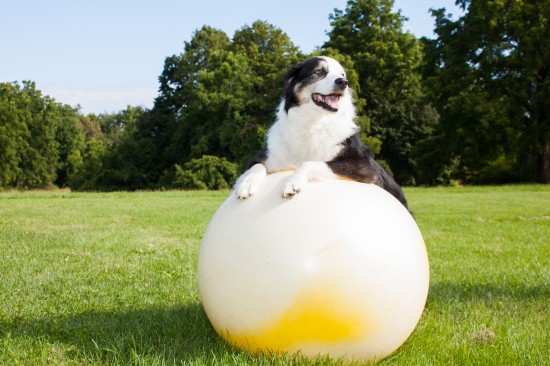 Try Treibball With Your Dog - The Newest Canine Sport!
Try Treibball Wit
Try Treibball With Your Dog - The Newest Canine Sport!
Try Treibball Wit
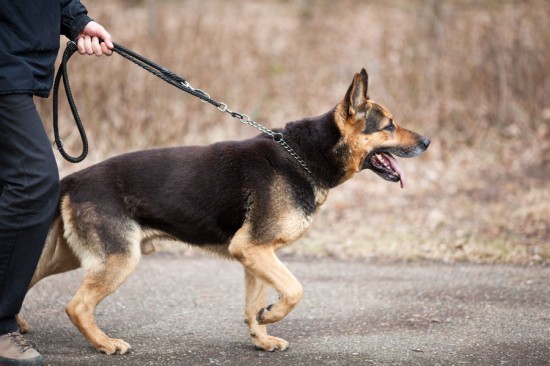 Walking The Dog (part 1)
Walking The Dog (
Walking The Dog (part 1)
Walking The Dog (
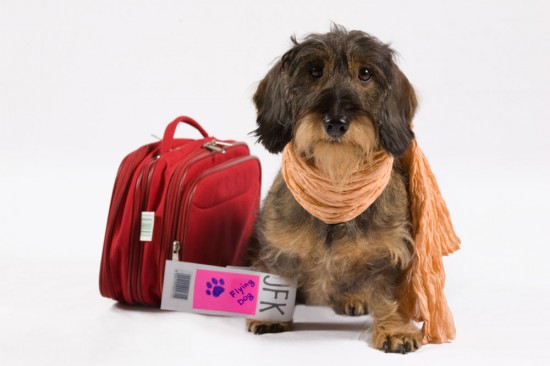 Airline Travel And Your Dog
Airline Travel An
Airline Travel And Your Dog
Airline Travel An
 What difference can a dog make in your life
What difference can a dog make in your life
Do
What difference can a dog make in your life
What difference can a dog make in your life
Do
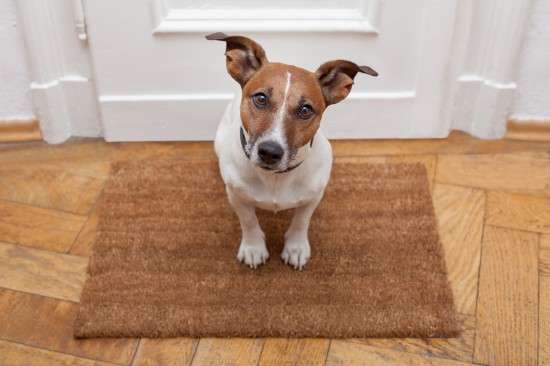 What To Do If You Have Visitors Who Are Afraid Of Dogs
What To Do If You
What To Do If You Have Visitors Who Are Afraid Of Dogs
What To Do If You
Copyright © 2005-2016 Pet Information All Rights Reserved
Contact us: www162date@outlook.com